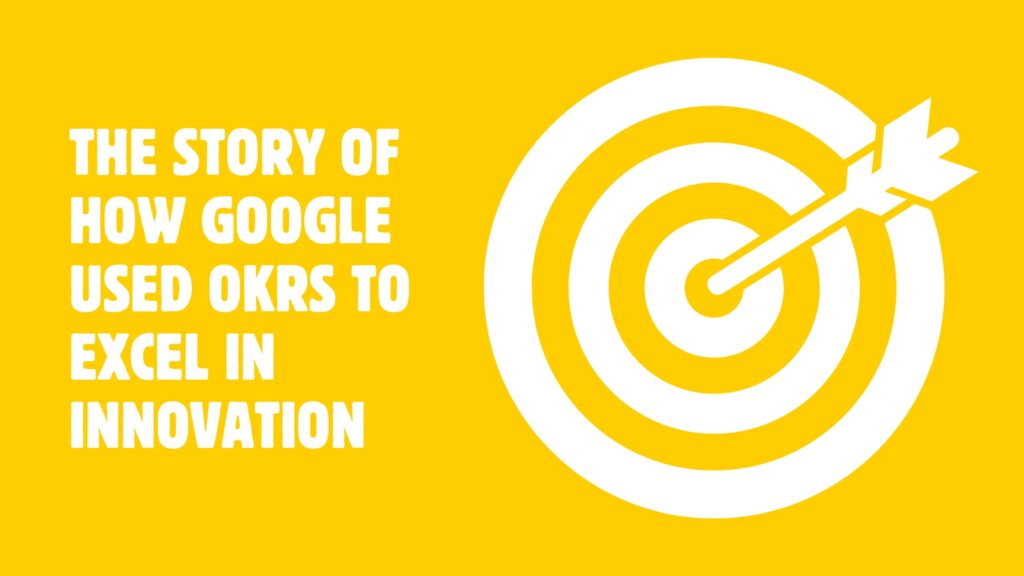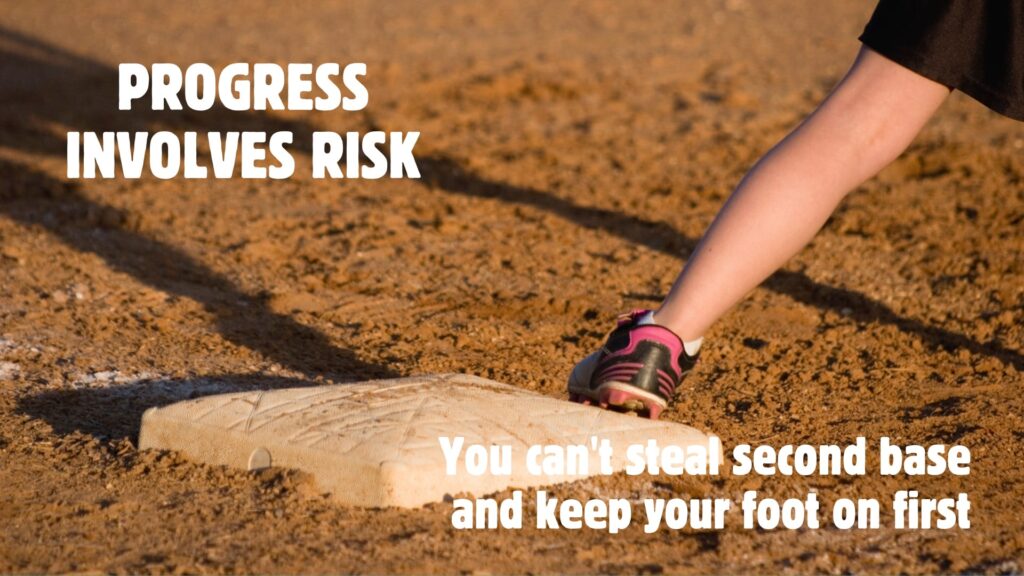Happy employees perform better
Summary: Research and experience show that happy employees are more engaged, productive, and committed to their work. Jim collins’ concept of “Getting the right people on the bus and in the right seats” underscores the importance of role alignment, while patrick lencioni’s “6 working genius” model highlights how individuals perform better when they maximize their strengths and minimize frustration. Studies also show that combining these concepts by building cross-functional genius teams that can deliver impact deliver higher business value.
Happy employees perform better Read More »











